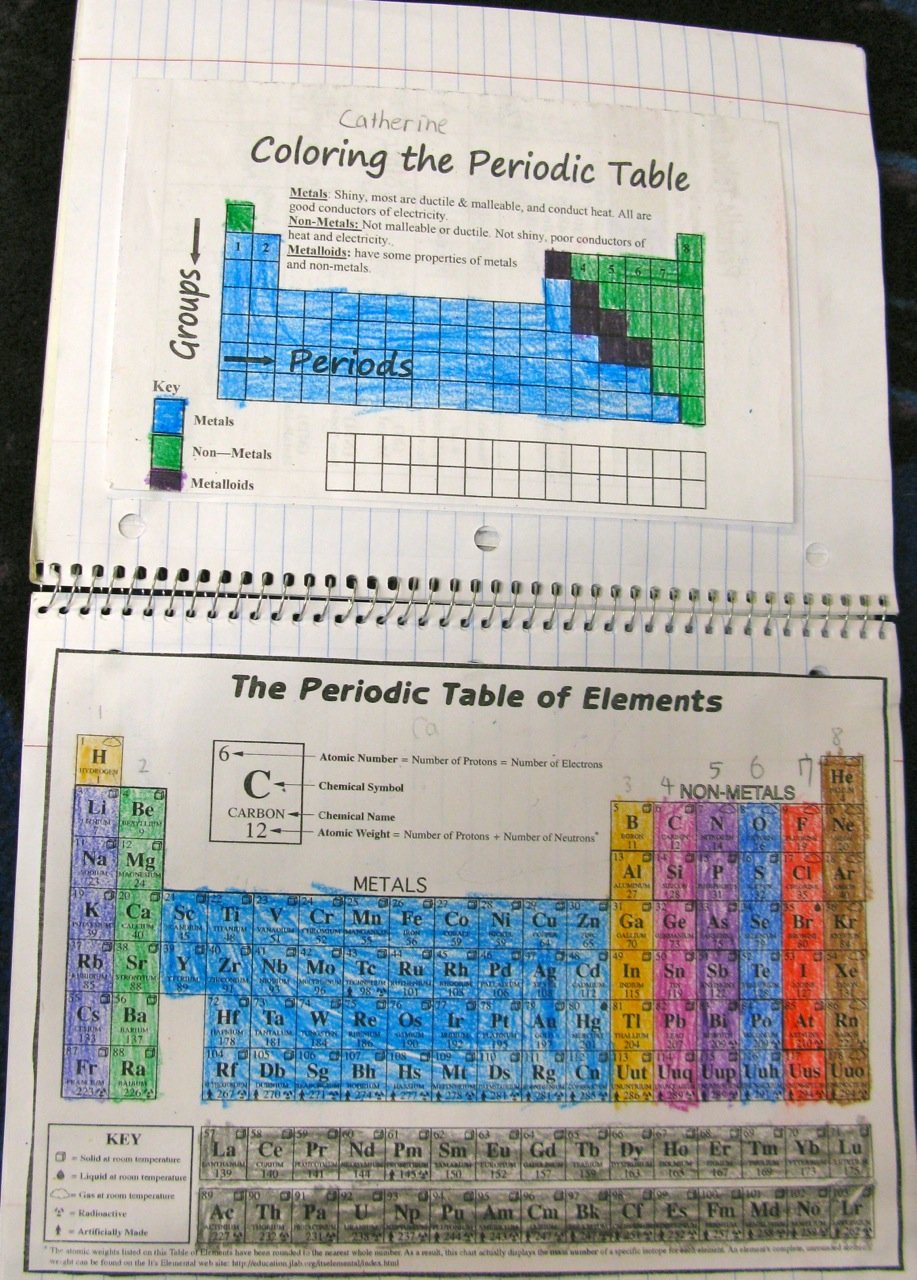Unit 2: Atoms And Elementsmr. Mac's Page
Unit 1: Science Basics. Experimental method, using and converting scientific units, lab equipment and safety, measuring in the science lab, mass, volume. Unit 2: Ecology. Biomes (Boxes), Marine and freshwater ecosystems, food chains and webs, interrelatedness with abiotic factors, water and nutrient cycles, resource conservation. The PDF resources below are password protected. The password to access the protected tests and answer keys is: ReadersProtect. Atoms of a given element are identical in size, mass, and other properties. Atoms of different elements differ in size, mass, and other properties. Atoms cannot be subdivided, created, or destroyed. Atoms of different elements can combine in simple whole number ratios to form chemical compounds. Chemistry Unit 2 Answers Measuring Pressure atm. 760 mmHg = 1 atm. Problems 3 and 4. Calculate the pressure of the gas in the flask connected to the manometer. 127-84= 43mmHg 730 + 43 = 773 mmHg PC MAC Download File PDF Chemistry Unit 2 Answers Measuring PressurePressure install the chemistry unit 2 answers measuring pressure, it Page. Chemistry: Unit 2-Quantum Model Worksheet Name: 1. Identify the number of subatomic particles in each of the following: symbol # of protons # of electrons # of neutrons Atomic # Mass # 88Sr+2 47 46 110 18 18 16 2. A sample of chromium atoms was identified to have two isotopes; 52Cr and 56Cr. Chemistry: Unit 2, Worksheet Modeling Chemistry 1 U2.
I saw this picture the other day and it really made me think. I knew I wanted to share some of the successful teaching strategies I have used to benefit my fellow educators and their students. By no means do I consider myself an expert teacher, but I do work very hard to be the best I can be each day for my students. I facilitate a student-centered classroom with an emphasis on collaboration. I believe that when we share ideas we all gain from the experience. With that value in mind, I would like to share with you some of the strategies, tips, and tricks that I use each day to create positive and meaningful learning experiences for my students.
Unit 2: Atoms And Elementsmr. Mac's Page Sheet
I’ve organized this information into 4 categories. Click any of the links under the headings for more information. Please feel free to leave comments on your own attempts with that specific strategy so that others may learn and benefit from your experience. This page and information is a work in progress so please contact me if there is a specific topic you would like me to include sooner rather than later.
My Playbook (Teaching Strategies)
- Kagan Strategies
- Partner-Pair Share
- Partner Highlight
- One Stray
- Give ‘n Get
- Info Search Review Activity
- Every Student Responds
- Round-Table
- Anticipation Guides
- Pre-Test/ Post-Test
- Cornell Notes
- Combination Notes
- Flipbooks
- Graphic Organizers
- PBL (Project Based Learning)
- Warm Ups
- Manipulative Venn Diagrams
- Flipbook Notes
- Graphic Notes
- Review Dice
- Effective use of Powerpoint
- Comic Strips
- Closings/Conclusions
Classroom Organization
Unit 2: Atoms And Elementsmr. Mac's Page Number
- Class Procedures
- Lesson Sequence
- Student Groupings
- iTunes U
Technology Integration
- Screen Capture Videos (Mac – PC)
- Memes
- Animated GIFs
- Vociethread
Unit 2: Atoms And Elementsmr. Mac's Page Key
Educating Hearts & Minds
- “Connecting With Students”
- ESL (ENL) Strategies
- Mentoring
- The Hamburger Tactic
- Humor in the Classroom
- Service Learning
- Q & A Days
Grade 7 Curriculum
Each unit will consist of 1-3 chapters in which we relate similar topics to better understand how life exists on Earth.
- Unit 1: Scientific Method & Experimental Design
- Unit 2: Measurement & Graphing
- Unit 3: Earth Structures & Plate Tectonics
- Unit 4: Meteorology
- Unit 5: Astronomy
- Unit 6: Forces and Motion
- Unit 7: Energy, Work and Simple Machines
- Unit 8: Heat and Temperature
- Unit 9: Waves: Light and Sound
Grade 8 Curriculum
Unit 1: Science Basics
Experimental method, using and converting scientific units, lab equipment and safety, measuring in the science lab, mass, volume. – 3 weeks
Unit 2: Ecology
Biomes (Boxes), Marine and freshwater ecosystems, food chains and webs, interrelatedness with abiotic factors, water and nutrient cycles, resource conservation – 6 weeks
Unit 3: Life Science Principles

Life Processes, Cell Theory, Cell structure (Plant vs. Animal), Cell organization, microscopy, plant basics, classification systems, and dichotomous keys, microorganisms (if time permits) – 6 Weeks
Unit 4: Human Body Systems
Dynamic equilibrium maintenance, Overview of all systems with focus on digestive, circulatory, respiratory, muscular/skeletal, endocrine, and nervous system interdependence – 3 Weeks End mid Jan.
Unit 5: Repro/Dev, Genetics and Evolution
DNA, Cell reproduction, Human Repro. System, Mendelian genetics, Punnett squares, Evolutionary schemes, Evidence for evolution (fossils, vestigial structures, etc) – 6 Weeks
Unit 6: Density, Lab Performance
Density, Microscope review, Dichotomous key review, practice test, 7th grade review (ES and Phys) – 3 weeks End of March
Unit 7: Properties of Matter

Unit 2: Atoms And Elementsmr. Mac's Page -
States of matter and state changes, fluid dynamics and gas laws, Kinetic Theory, Physical/chemical properties and changes (weathering), Mixtures, Mixture separation techniques, Solubility – 5 Weeks
Unit 8: Atoms, Elements, and Compounds
Atomic Structure, sub-atomic particles, properties of elements, Periodic Table, chemical bonding, catalysts, pH, Reaction types, writing and naming chemical formulas and compounds (time permitting) – 5 Weeks
